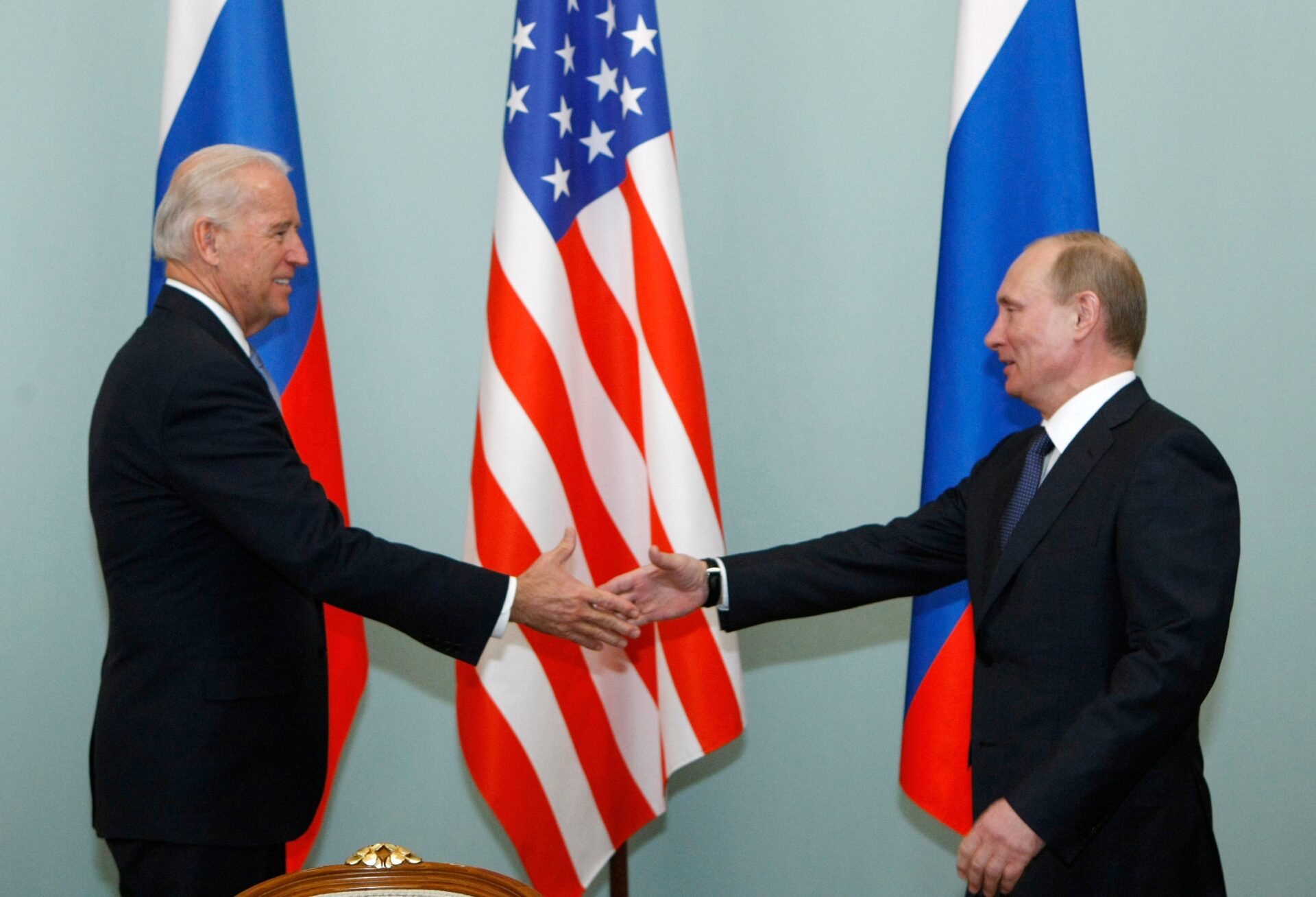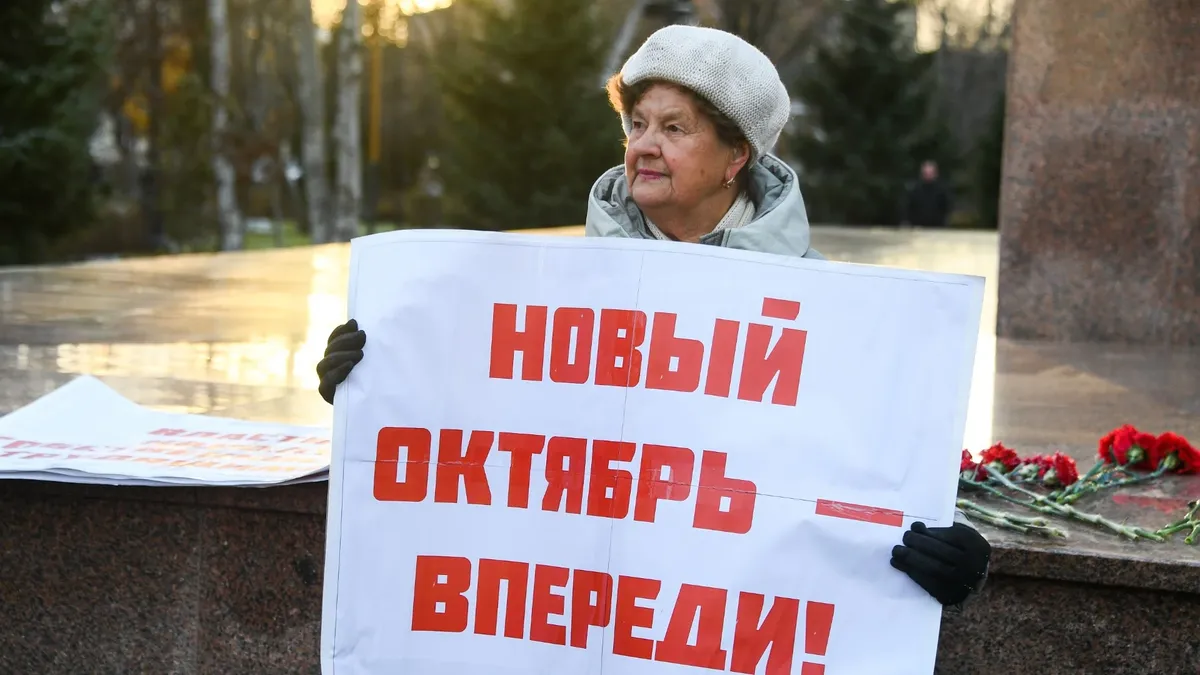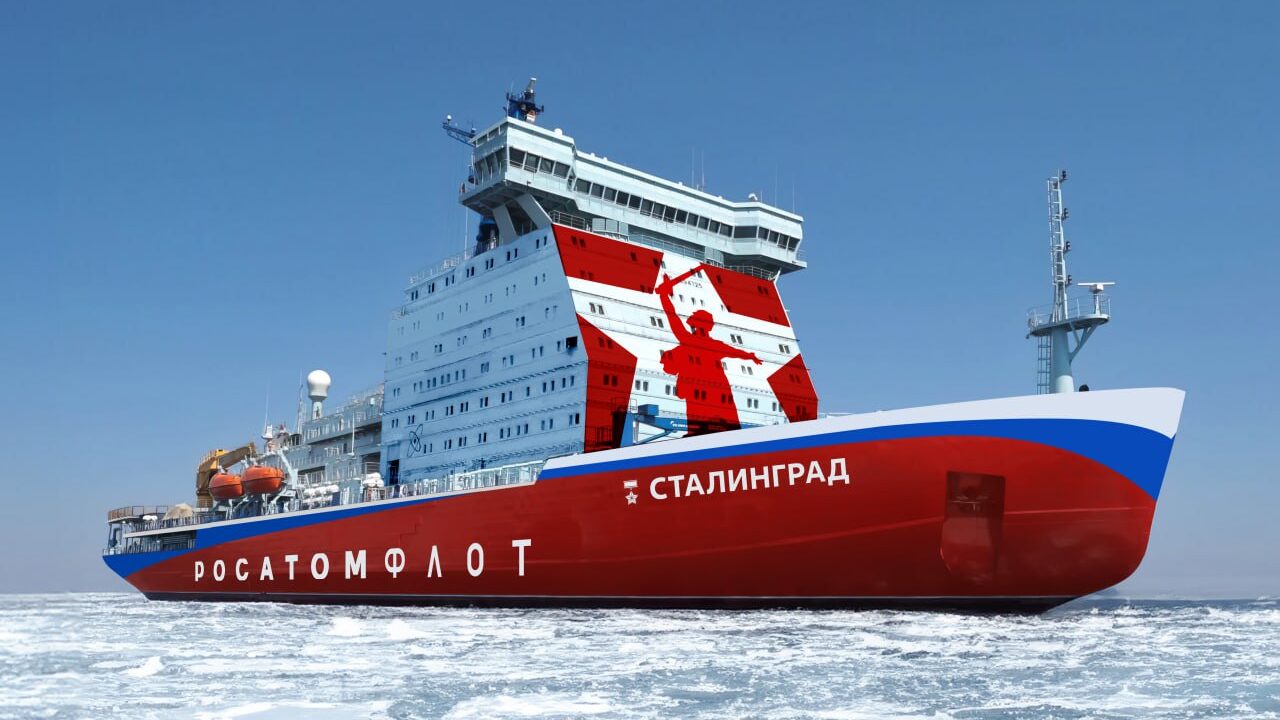
America is Back…But Russia is Back Too, Says Putin
America is Back…But Russia is Back Too, Says Putin
President Joe Biden has landed in Britain on the first leg of a European tour to meet leaders of allied nations in a series of G7, NATO and US-EU summits ending with his first summit with Russian President Vladimir Putin in Geneva on June 16, 2021. “America is back” is the message of the trip, back after President Donald Trump, who considered the NATO alliance a wistful burden, European allies as free-riders and the EU—an evil bureaucratic monstrosity. After meeting with friends and allies, Biden, as the undisputed leader of the democratic community of nations known during the Cold War as simply the free world, will face off Putin and offer a simple deal: If Moscow in the future exercises restraint and predictability, the “free world” will respond in kind. But any Russian infringements will be punished with more sanctions and more isolation (Kommersant.ru, June 7).
In the runup to the meeting in Geneva, Washington has been offering Moscow some hints of possible concessions or at least a demonstration of restraint, such as the decision to stop trying to prevent the completion of the North Stream 2 gas pipeline from Russia to Germany under the Baltic Sea through more sanctions. Or by publicly correcting the statement by the Ukrainian authorities about a phone call with Ukrainian president Volodymyr Zelenskyy on June 7, 2021. Zelenskyy’s office initially announced Biden “supported Ukraine’s Euro-Atlantic integration and providing Ukraine with a NATO Membership Action Plan or MAP.” According to the White House, Biden did not mention MAP while fully supporting “Ukrainian sovereignty and territorial integrity in the face of ongoing Russian aggression” as well as its “Euro-Atlantic aspirations.” Kyiv later corrected its phone call statement. This dressing down of Zelenskyy was welcomed in Moscow, even though Biden invited Zelenskyy to visit Washington sometime in July (Kommersant, June 9).
But for Putin, the halfhearted US concessions were not enough. In a candid interview to state-run Rossiya TV channel, Putin announced: “We have already completed North Stream 2 and that’s why they [the US] are demonstrating some sanctions restraint.” Equally, Putin dismissed as unimportant the fact that Ukraine is not getting a MAP: “We do not know what they [the Americans] are saying to the Ukrainians behind the scenes. They say Ukraine is not joining NATO, but there are no guarantees. Maybe the Americans simply scolded the Ukrainians for going public at the wrong time and reveling secret agreements just before the summit with Biden, embarrassing their American masters” (kremlin.ru, June 9).
Putin has for many years been making public statements implying Russians and Ukrainians are one people [narod] of the same ethnicity, with a shared history, culture and religion (Kremlin.ru, June 19, 2015). He continues to dream of Ukraine as an integral part of the Russian World (Rusky Myr). In September 2013, when the current Ukrainian crisis was still in the making, triggered by Kyiv’s desire to sign an association agreement with the EU, Putin utterly opposed it. Speaking to reporters in the Kremlin, Putin announced: “No matter, what happens, or where Ukraine goes, anyway someday we will be together [as one nation], because we are one people” (Kremlin.ru, September 4, 2013).
Today Putin’s attitudes seem to have only hardened. He refuses to recognize Ukraine as a truly separate nation, implying it is an artificial entity created by the Soviet communists, while the territory of present-day Ukraine was inhabited by people who called themselves “Russians” at the time and were “reunited” with tsarist Russia (RIA Novosti, June 9). After former Warsaw Pact nations such as Poland and Romania joined NATO despite Russian objections, US Aegis Ashore MD bases were deployed in those states, which can be used, according to Putin, to launch first strike “very fast missiles” at sensitive targets on Moscow or other places. If Ukraine joins NATO or becomes a de facto Western ally, those first strike missiles may be moved eastward “to Kharkiv or the Dnepr and they could strike Moscow in less than ten minutes” (Interfax, June 9). Putin is clearly implying the deployment of first strike “decapitating” US assets, intended to suddenly obliterate the Russian military/political leadership, such as the land-mobile hypersonic intermediate-range precision missiles the Pentagon is developing after the demise of the INF Treaty on August 2, 2019. For Putin, an independent Ukraine aspiring to integrate with the West and eventually join NATO is a historical aberration and an unacceptable existential personal threat. According to Putin, “at least 50 percent of Ukrainians (or more) are wise and oppose joining NATO, because they do not want to be on the line of fire between Russia and the West” (Interfax, June 9). According to Putin, ethnic Russians and Russian-speakers are being subjugated as second-class citizens by a “Nazi-style discrimination system” in Ukraine (kremlin.ru, June 9).
If America “is back,” so apparently is Russia. Over 40 years ago, the so-called European missile crisis of the late 1970s and 1980s almost led to a war in Europe. The INF Treaty, which defused that crisis in 1987, is now dead. Moscow has promised it will again promote in Geneva Putin’s proposal of a “moratorium” on deploying intermediate-range missiles in Europe—something NATO has already dismissed, insisting Russia already secretly deployed INF-breaking ground-based cruise missiles. Moscow denies it did so that Russia and NATO are at an impasse.
The future of Ukraine is equally in dispute. Moscow is claiming “at least 50 percent” (or more) of Ukrainians are pro-Russian or simply Russians, being subjugated with the help of the West. They must be somehow liberated by armed force if need be. According to Zelenskyy, his nation is under threat of a sudden massive Russian invasion which may happen “until the end of September 2021.” About 90 percent of the Russian troops and heavy weapons deployed on the borders of Ukraine during the massive “test of battle readiness” exercise in March and April 2021 are, according to Zelenskyy, still in positions on the border (Interfax, June 1).


